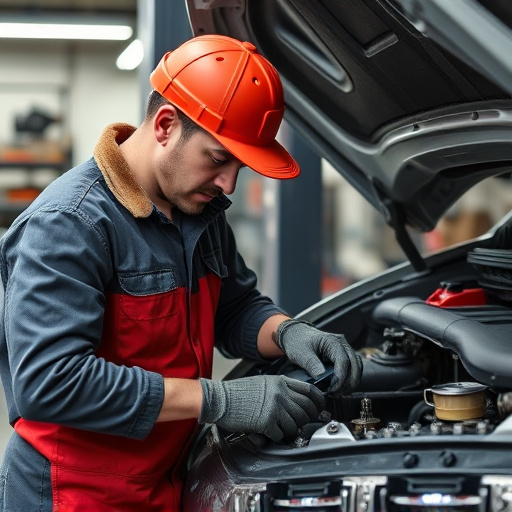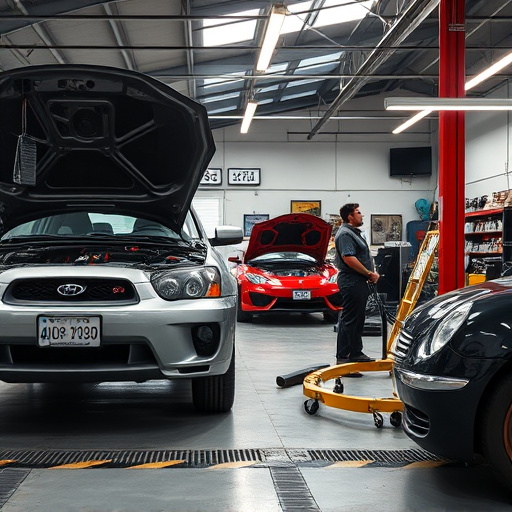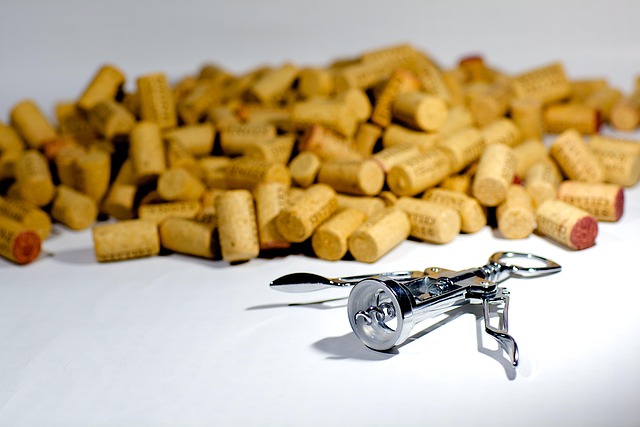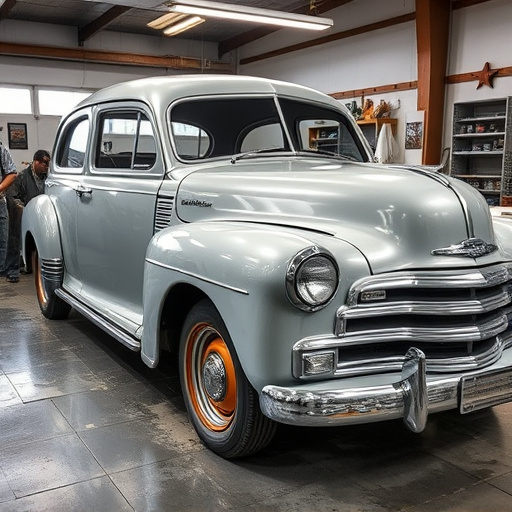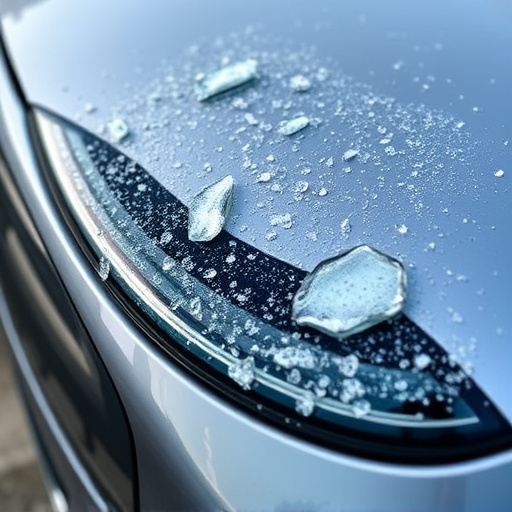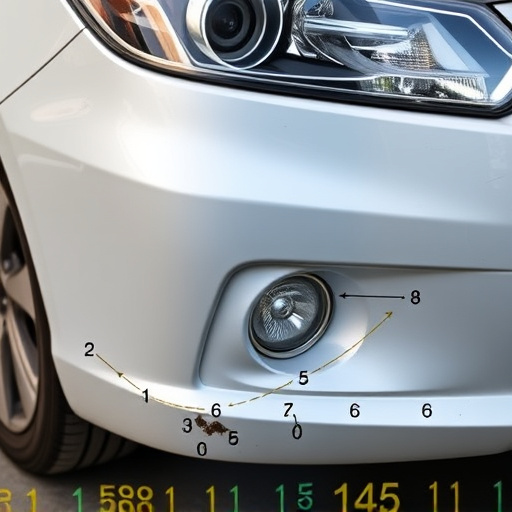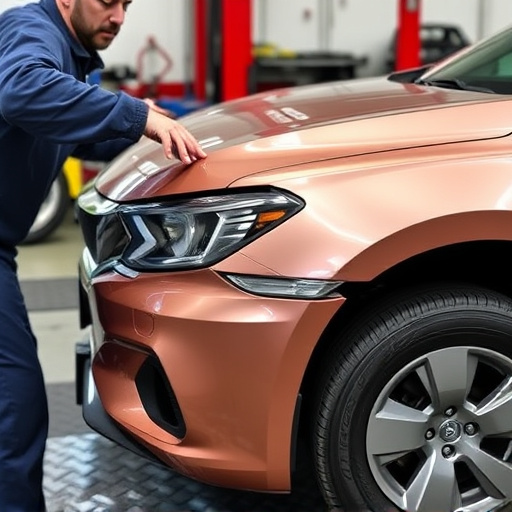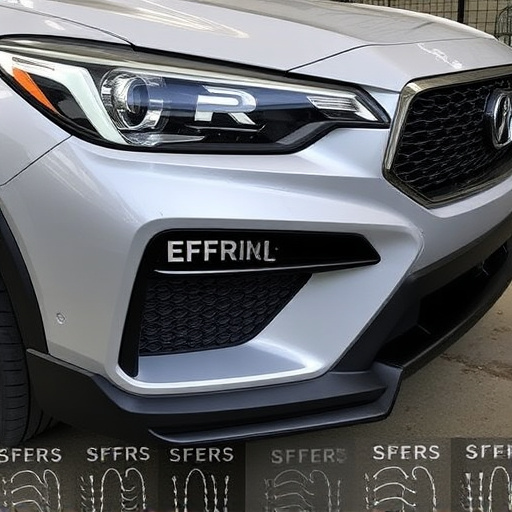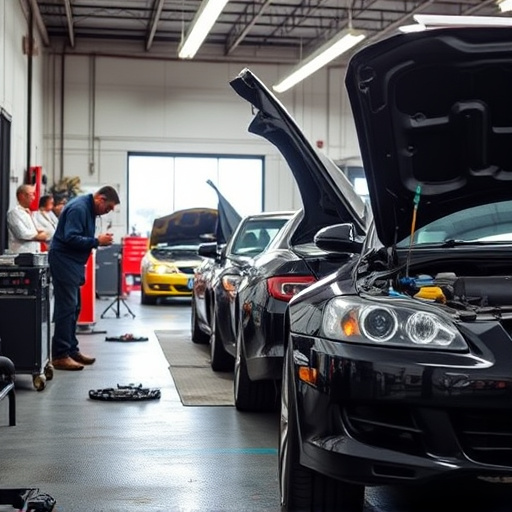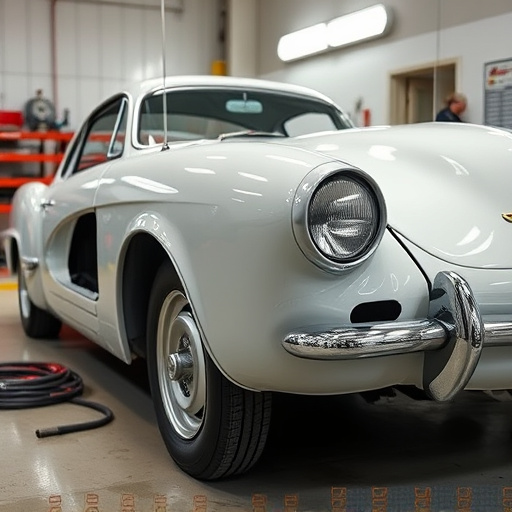Corrosion, accelerated by moisture, oxygen, and chemicals, poses significant risks to equipment, leading to reduced performance, higher maintenance costs, and safety hazards. Effective corrosion protection procedures involve understanding various forms like rusting, pitting, and galvanic corrosion. Industries like auto painting prioritize prevention through coatings, sealing, and protective layers, ensuring equipment longevity and minimizing costly repairs. A holistic training program should cater to diverse knowledge levels, include practical demonstrations, and stay updated with industry standards and best practices. Clear communication, visual aids, feedback, and real-world scenarios enhance information retention and adherence to effective rust and metal degradation prevention methods.
Training technicians in effective corrosion protection procedures is paramount for maintaining industrial equipment integrity and longevity. This article guides you through a structured approach, beginning with understanding corrosion—its causes and impact on critical assets. We’ll explore strategies for developing immersive training programs, focusing on practical techniques and real-world scenarios. Additionally, we’ll delve into communication and monitoring methods to ensure technician proficiency and continuous improvement in corrosion protection practices.
- Understanding Corrosion and Its Impact on Equipment
- Developing a Comprehensive Training Program
- Implementing Effective Communication and Monitoring Strategies
Understanding Corrosion and Its Impact on Equipment
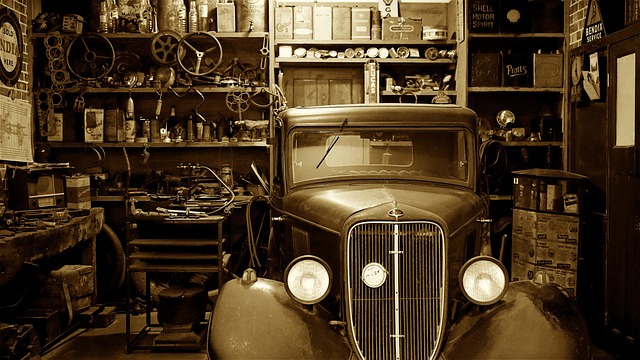
Corrosion is a natural process that occurs when metal surfaces interact with substances like moisture, oxygen, and chemicals present in the environment. This gradual deterioration can have severe consequences on equipment and machinery, leading to reduced performance, increased maintenance costs, and even safety hazards. Understanding corrosion involves recognizing its various forms, such as rusting, pitting, and galvanic corrosion, each with unique characteristics and impacts. For technicians working with metal structures, vehicles, or industrial equipment, it’s crucial to grasp these concepts as they lay the foundation for implementing effective corrosion protection procedures.
In many industries, including auto painting and tire services offered in collision centers, preventing corrosion is a top priority. By understanding how and why corrosion happens, technicians can employ appropriate strategies like coating, sealing, and protective coatings to create a barrier between metal surfaces and corrosive elements. This proactive approach ensures the longevity of equipment, maintains optimal performance, and minimizes costly repairs or replacements often associated with severe corrosion damage.
Developing a Comprehensive Training Program
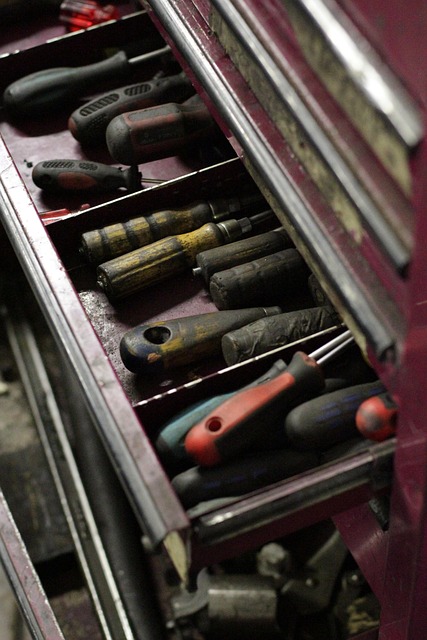
When developing a training program for corrosion protection procedures, it’s essential to approach the curriculum with a holistic perspective. This involves understanding that technicians are often on the front lines when it comes to auto maintenance and tire services, making their expertise in corrosion prevention crucial. Therefore, the program should cater to various levels of knowledge, from basics like identifying different types of car dent repair to advanced techniques for protecting metal surfaces during painting or detailing.
A comprehensive training should also include practical demonstrations and hands-on exercises that mimic real-world scenarios. This could involve teaching technicians how to apply corrosion protection coatings correctly, understanding the chemistry behind them, and learning about the latest advancements in auto maintenance technology related to corrosion prevention. Regular reviews of industry standards and best practices ensure the program stays relevant, keeping technicians updated with the most effective methods for protecting vehicles from rust and other forms of metal degradation.
Implementing Effective Communication and Monitoring Strategies
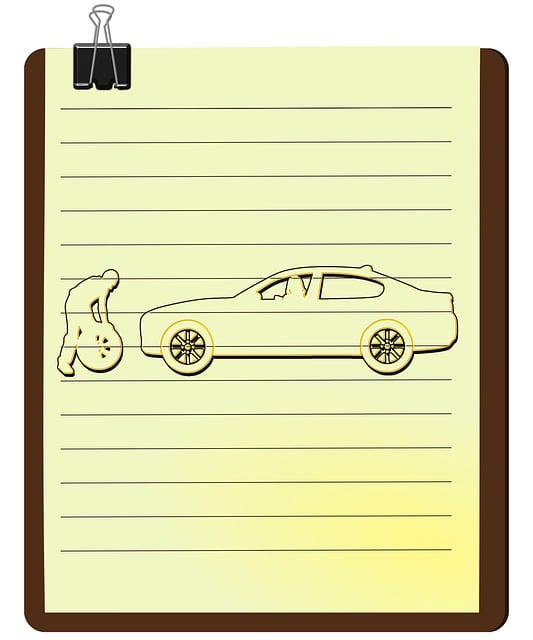
Effective communication is a cornerstone when training technicians in corrosion protection procedures. It’s crucial to ensure everyone involved understands the importance of proper techniques and the potential consequences of poor practices, such as those leading to car damage repair or auto glass repair issues. Instructors should use clear, concise language and visual aids to simplify complex concepts. Regular breaks during training sessions can enhance information retention, allowing technicians to ask questions and share insights. Active listening exercises can also foster an open learning environment.
Monitoring is another vital aspect. Setting up a feedback system where trainees receive immediate feedback on their performance helps reinforce learning. This can include practical demonstrations followed by hands-on practice, with instructors observing and providing constructive criticism. Regular audits of corrosion protection procedures in real-world scenarios further ensure adherence to best practices, minimizing the risk of car scratch repair mishaps and maximizing the effectiveness of overall auto care.
Training technicians in effective corrosion protection procedures is essential for maintaining equipment longevity and reducing downtime. By understanding the causes and impacts of corrosion, developing structured training programs, and employing robust communication and monitoring strategies, organizations can ensure their technicians are equipped to protect against this pervasive issue. Adopting these practices not only extends equipment lifespan but also optimizes operational efficiency and reduces costs in the long term.
